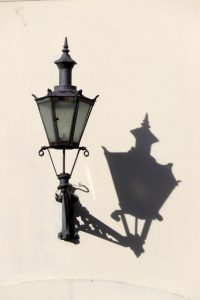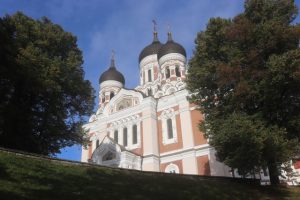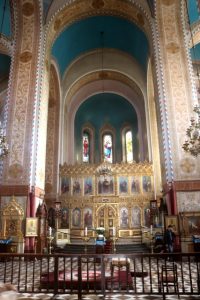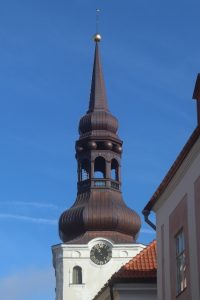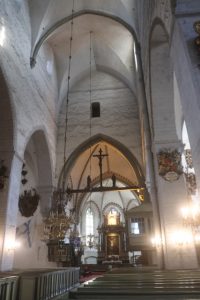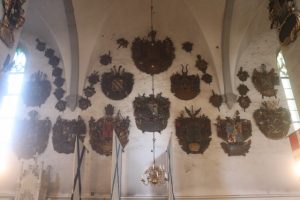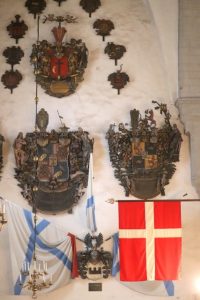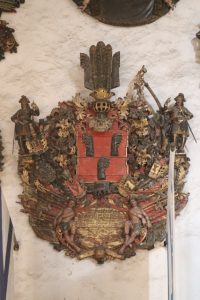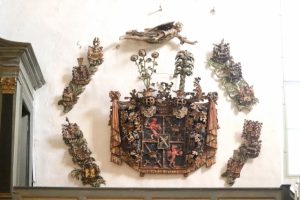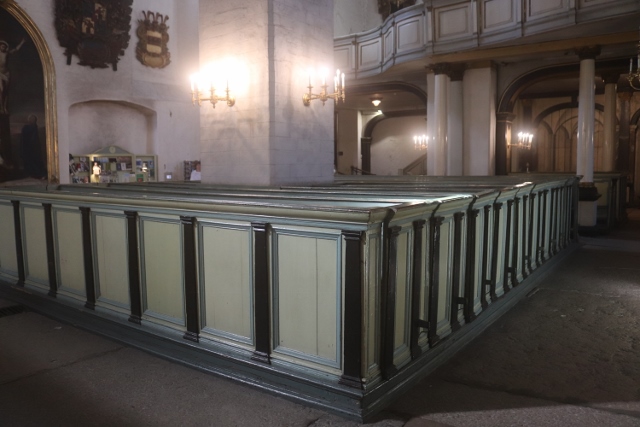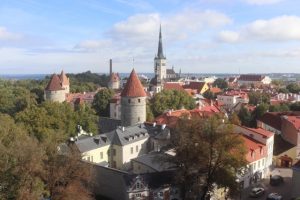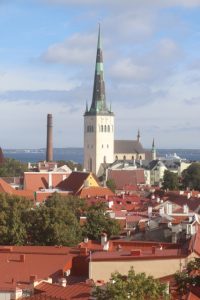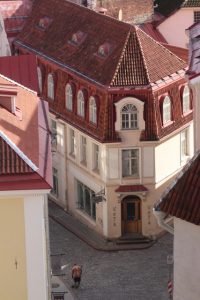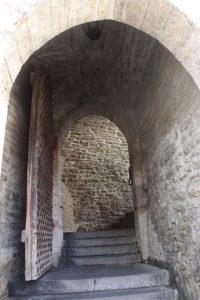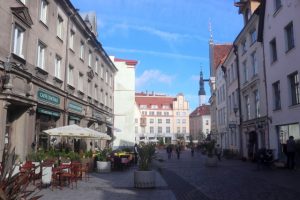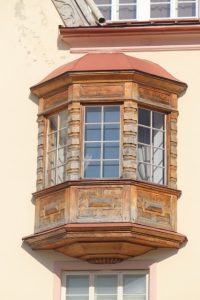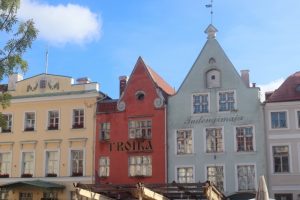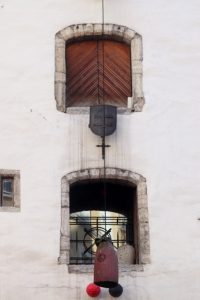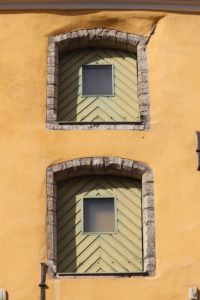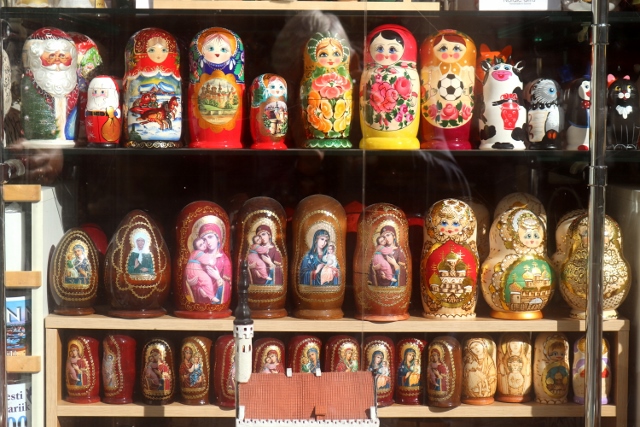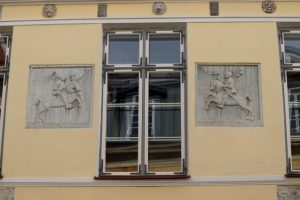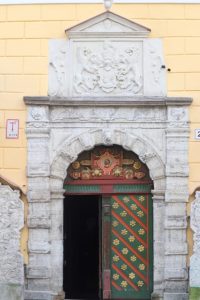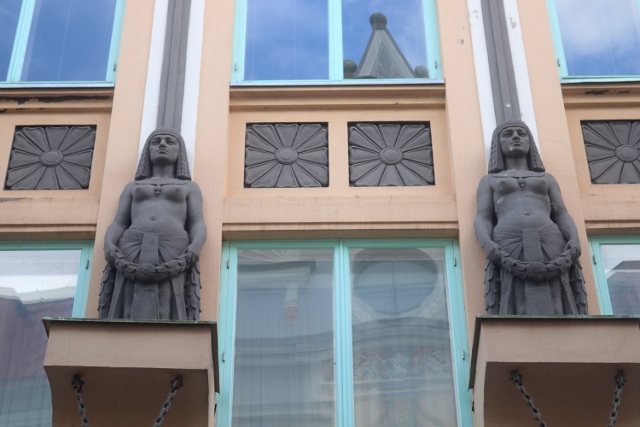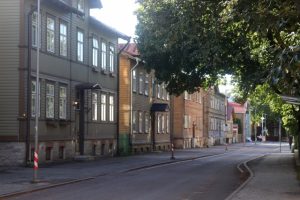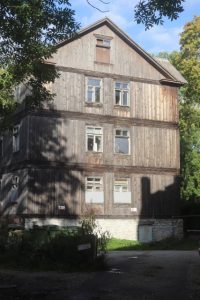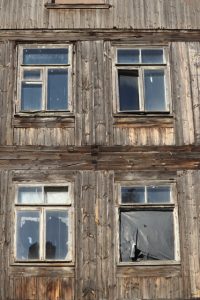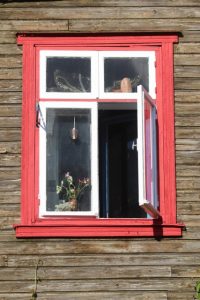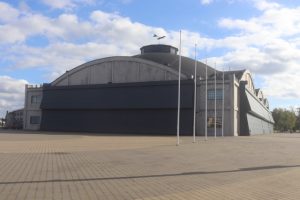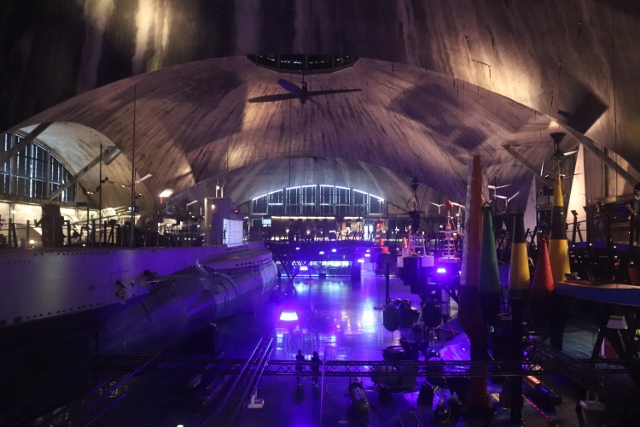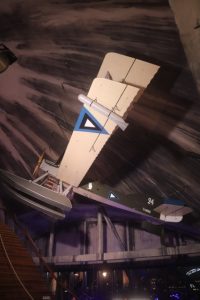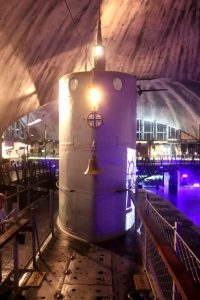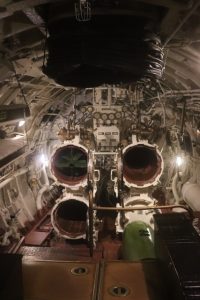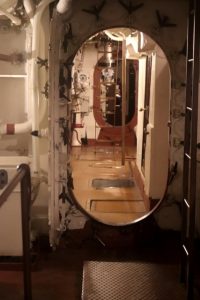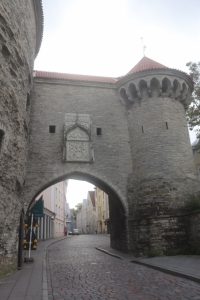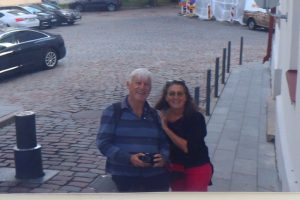Already on the ferry the differences between Finland and Estonia became clear. Chatty Estonians strike up a conversation, offer help where we have language difficulties, and are generally extrovert and friendly – which is not to say that Finns are unfriendly, but they would never get involved in any talk with a stranger. Even in the sauna in Porvoo, they only reluctantly answered my questions about, for instance, sauna customs in Finland, and would not voluntarily continue the conversation.
Once off the boat, the second difference became clear. Here in Tallinn, people have no qualms running through orange traffic light, not even if they have just turned red. And there are quite a few drivers who have little respect for maximum speed, and are happy to overtake at the first opportunity. Driving, then, is going to be a lot less relaxed than in Finland.
But in Tallinn that is not an issue, we park the car at our temporary apartment, and explore the city on foot, or with public transport; the tram works perfectly well for us. Most of what is of interest in Tallinn is in the old, walled city, anyhow, which is a pedestrian zone. There is the Upper Town, and the Lower Town, and both have their attractions. As far as we are concerned, we are perfectly happy to wander around, admire the fortifications, and the various churches in the Upper Town – the Alexander Nevsky Orthodox church from 1894, complete with onion-dome towers, is not particularly interesting inside, but the Saint Mary’s cathedral has a fascinating interior, with over a hundred coats of arms representing the Estonian nobility, who also had themselves buried inside the church. Apparently, this is the oldest church in Estonia, originally established by the Danish immigrants in 1219, although the current, rather Gothic outside dates from the 16th century, and the inside was rebuilt after a fire in 1684. One curious aspect inside are the closed pews.
From various viewing terraces around the walls of the Upper Town one has great views over the rest of Tallinn, which in case of the Lower Town is indeed spectacular, with excellent panoramas of the lower fortifications, but for the rest Tallinn in the distance doesn’t appear to be very interesting: a bit of high-rise, and large swaths of palatis, the ubiquitous Soviet style apartment buildings, in the outskirts.
The Lower Town is where most of the activity is, in the form of restaurants and terraces, to cater for the tourists. Even though the official tourist season is over – we cannot enter the magnificent 14th century town hall building anymore, only open to the public from June to August – we have to content with lots of tourists again, from large groups to individuals, something that was mostly absent in Finland. But the other side of the coin is that, especially as the weather was great, the atmosphere in town was actually very lively.
Busiest was the square in front of the Town Hall, and the surrounding few streets. Well-kept houses, facades, windows and doors, the occasional city gate, cobbled streets, all those things you expect from a medieval city. No disappointment here.
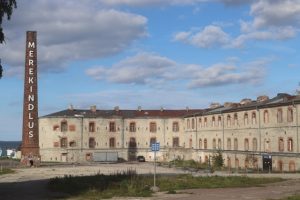
the Patarei, former fortress and prison, forever associated with Nazi and Soviet terror, in the Kalamaja district of Tallinn
A little further along, towards the coast, is another interesting neighbourhood of Tallinn, called Kalamaja. This used to be a working-class district, but has been revamped in the past years. Several streets still support the old wooden houses, but then mostly patched up, well maintained and clearly not so working-class anymore. The coastal strip has been redone entirely, and is made up of multiple modern-design, quite attractive apartment buildings, three of four floors only, many with balconies – except that they have been built rather closely on top of each other, and most balconies provide views only of the balconies of the neighbours opposite. But architecturally, an interesting mix of buildings.
At the far end of Kalamaja is the harbour, and the spectacular maritime museum, houses in a 1916 hangar for seaplanes, as part of the tsarist naval infrastructure. The building was revolutionary at the time, an enormous column-less concrete structure with a roof made up of several thin-concrete domes. Now the hangar houses a variety of floating vessels, from water- and ice-sailing boats to the pride of the museum, a 1930s submarine, open to the public. And even doable for a mildly claustrophobic me, who had never been in a submarine before.
Outside, in the harbour, are a series of naval ships lined up, but here the show is stolen by the Suur Toll, an icebreaker from 1914, which initially ran on coal. This one, too, is open to the public, and really nicely done – although in places it is even more claustrophobic than a submarine!
And that was it, for Tallinn. There are hundreds of museums more, of the bastions, of underground tunnels, of history, of natural history, of history of Tallinn, also of photography and of an apothecary, of energy, of the KGB. But we couldn’t be bothered. Well, except the KUMU, of course.
